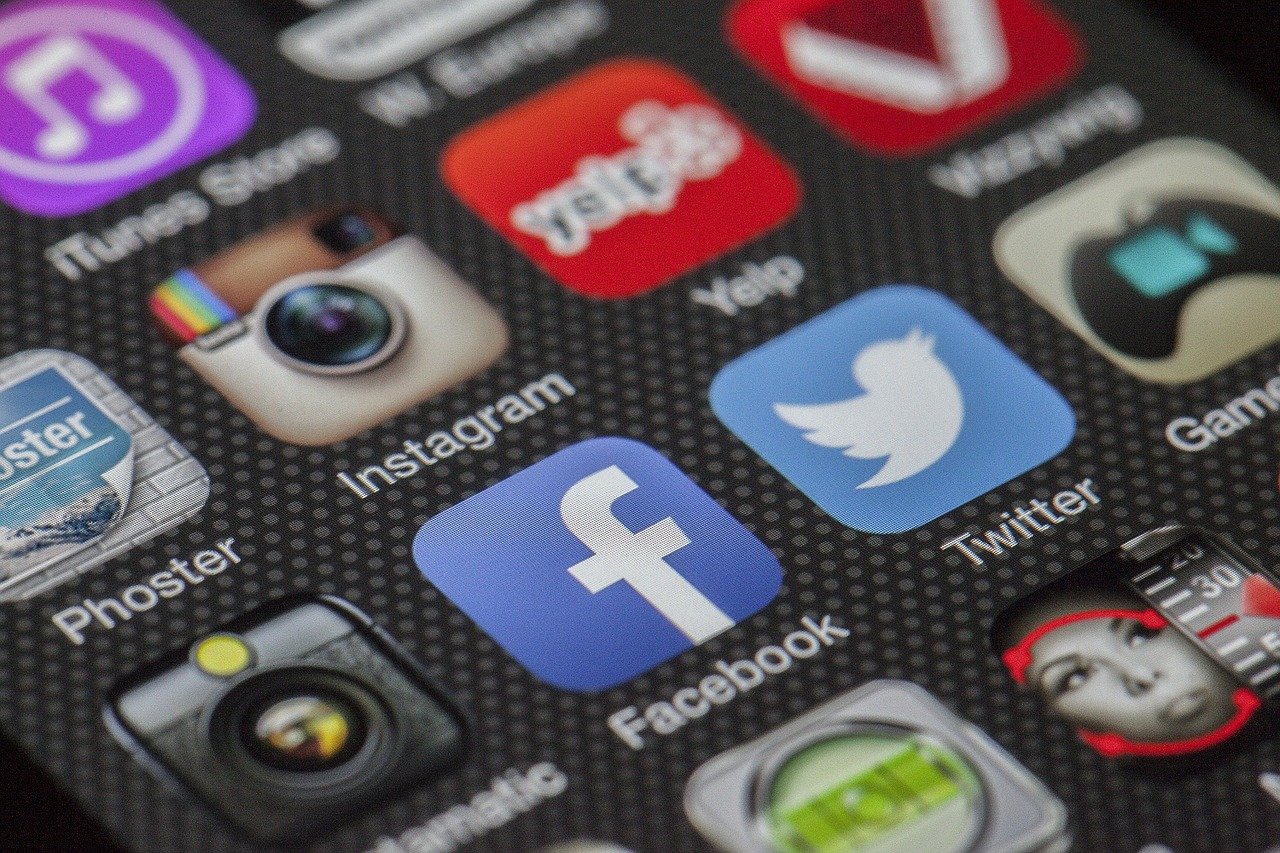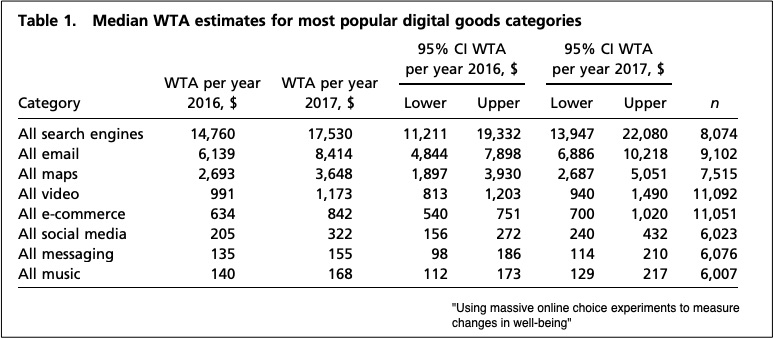Facebook could be worth $48.00 a month,
Why give Facebook a dollar value? Because unpaid digital services are an increasingly larger slice of what our economy produces. Where are we going? To what our GDP does not count.
The Value of Digital Services
GDP
When the GDP concept evolved during the 1930s, it was not a measure of welfare. Instead, it was a dollar yardstick of the goods and services we produce, When there is no payment for washing the dishes at home that work is not counted. However, if someone receives a wage for the same task, it is included in the GDP.
Fast forwarding to 2020, we have a problem. Much more than during the 1930s, the services we use everyday require no payment. Yes, our economy is producing them. But the GDP does not include them.
The Experiment
Knowing that the GDP could be far lower than it should be, economists have tried to estimate the value of unpaid digital services. After all, we used to pay for a set of World Book Encyclopedias but now, not for Wikipedia. We still pay for postage stamps but not our gmail.
For 2016 and 2017, a group of MIT economists used a choice exercise to determine the dollar value of Facebook. In the survey, participants were asked how much they needed to receive to give up Facebook for a month. Choosing among dollar amounts that ranged from $1 to $1000, the median user selected $48.49 in 2016 and $37.76 in 2017.
The response though depended on a person’s number of Facebook friends. It also related to gender, age, and income. As you might expect, people who spent more time on Facebook and had more friends and regular use said it was worth more. Also, older individuals and those with income exceeding $150,000 chose higher amounts. At the same time they concluded that Instagram and YouTube had less value than Facebook.
In a second experiment, done in a lab in Europe, researchers focused on students and concluded that WhatsApp was most valued by them. To give it up for one month, the median user wanted a whopping €536. Moving downward, students median compensation for Facebook was €97 and a phone’s digital map, €59. They valued Twitter at zero.
Below you can see the WTAs (Willingness to Accept) for digital services:
Our Bottom Line: GDP
The dollar value of digital services returns us to the GDP. We can hypothesize what we would add to production totals if digital services were included. First though, do keep in mind that the GDP has three big components: Government Spending, Consumer Spending, Gross Investment (mostly business spending). And, among those, Consumer Spending is close to 70 percent of the total.
One of the MIT economists that did the Facebook study suggests a GDP-B. The “B” stands for benefits. As he explains, “What we’re measuring are the benefits you get even when you spend nothing on the good.”
And that returns us to Facebook and the GDP. Just including Facebook, the GDP would have been an estimated .05 to .11 percentage points higher since 2004. Perhaps also, it also would have taken us closer to measuring our welfare.
My sources and more: For more about the value of digital services, do look at this study Then, I recommend this article from Quartz about GDP-B and, for a good read, this 2013 New Yorker article.
Our featured image is from Pixabay.







